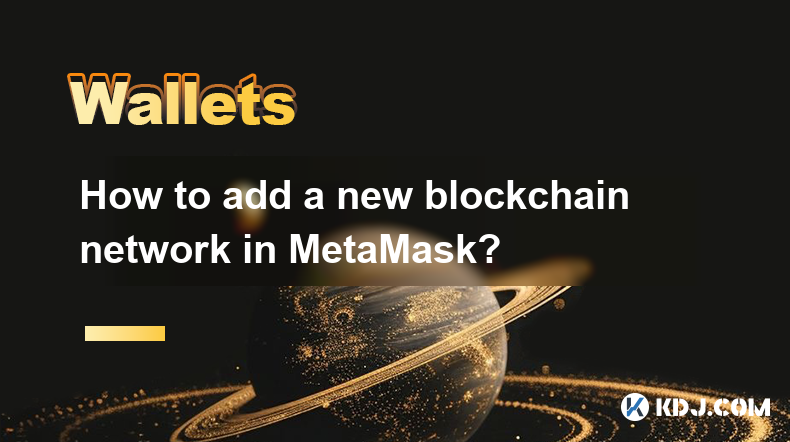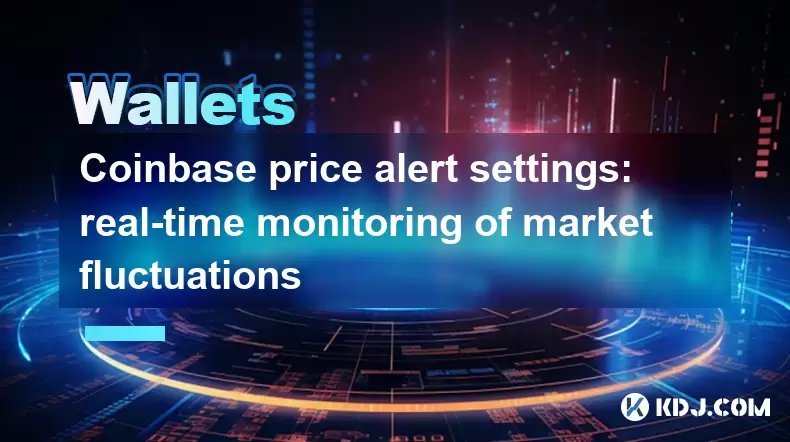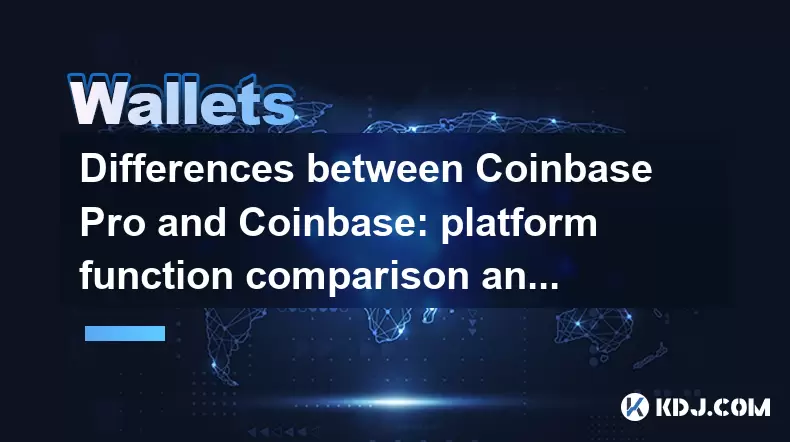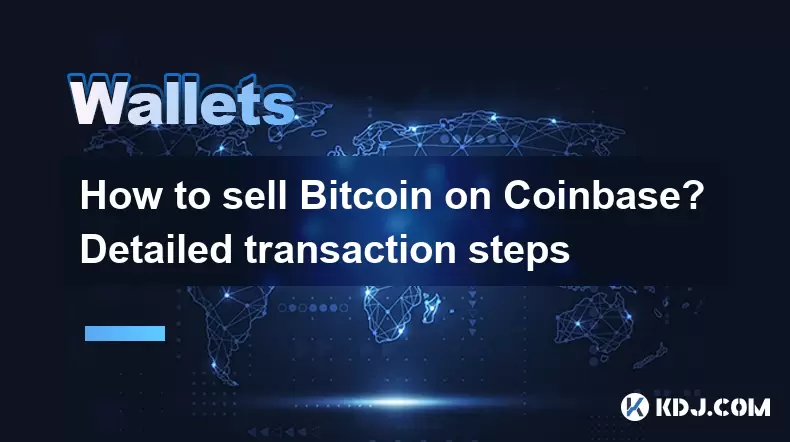-
 Bitcoin
Bitcoin $108,165.4587
0.78% -
 Ethereum
Ethereum $2,456.3517
1.15% -
 Tether USDt
Tether USDt $1.0003
0.00% -
 XRP
XRP $2.1934
0.05% -
 BNB
BNB $650.0935
0.52% -
 Solana
Solana $151.3905
2.69% -
 USDC
USDC $0.9998
0.00% -
 TRON
TRON $0.2751
-0.32% -
 Dogecoin
Dogecoin $0.1640
0.87% -
 Cardano
Cardano $0.5631
0.57% -
 Hyperliquid
Hyperliquid $38.7115
4.69% -
 Bitcoin Cash
Bitcoin Cash $493.1868
-0.39% -
 Sui
Sui $2.8217
3.61% -
 Chainlink
Chainlink $13.3994
2.08% -
 UNUS SED LEO
UNUS SED LEO $9.1632
0.94% -
 Avalanche
Avalanche $18.0318
1.97% -
 Stellar
Stellar $0.2388
0.35% -
 Toncoin
Toncoin $2.8763
1.41% -
 Shiba Inu
Shiba Inu $0.0...01160
1.59% -
 Litecoin
Litecoin $86.6393
1.29% -
 Hedera
Hedera $0.1485
0.16% -
 Monero
Monero $315.7948
1.56% -
 Polkadot
Polkadot $3.4240
1.88% -
 Bitget Token
Bitget Token $4.6314
-0.44% -
 Dai
Dai $0.9998
-0.01% -
 Ethena USDe
Ethena USDe $1.0002
-0.01% -
 Uniswap
Uniswap $7.2110
2.59% -
 Aave
Aave $270.6087
6.07% -
 Pi
Pi $0.5350
0.52% -
 Pepe
Pepe $0.0...09545
1.26%
How to add a new blockchain network in MetaMask?
Adding custom networks to MetaMask requires precise RPC URLs, Chain IDs, and other details; incorrect input risks transaction failures or exposure to scams, so verify network legitimacy from trusted sources before proceeding.
Mar 12, 2025 at 02:41 pm

Key Points:
- MetaMask's primary function is managing Ethereum-based tokens; adding other networks requires manual configuration.
- Network addition involves inputting specific RPC URLs, Chain IDs, Currency Symbols, and Block Explorer URLs.
- Incorrect parameters can lead to transaction failures or access to fraudulent networks.
- Always verify the network's legitimacy before adding it to your MetaMask wallet.
- Several resources offer verified network details to ensure security.
How to Add a New Blockchain Network in MetaMask
MetaMask, while primarily known for its Ethereum support, is capable of interacting with numerous other blockchain networks. This functionality expands its utility beyond just ETH and ERC-20 tokens, allowing users to engage with various decentralized applications (dApps) and cryptocurrencies across different blockchains. However, adding these networks requires a manual configuration process, which we will detail below.
Understanding the Process
Adding a new blockchain network to MetaMask involves providing your wallet with the necessary network parameters. These parameters tell MetaMask how to communicate with the specific blockchain you're trying to access. Incorrect information can prevent you from interacting with the network, or worse, expose you to scams. Always double-check your sources.
Step-by-Step Guide
- Open MetaMask: Access your MetaMask extension in your browser.
- Access Network Settings: Click on the network name (usually "Mainnet" or "Ethereum Mainnet") in the top-right corner of your MetaMask window.
- Add Network: Select "Add Network." This will bring up a form requiring specific information.
Input Network Details: You'll need the following information for the network you're adding:
- Network Name: A descriptive name (e.g., "Binance Smart Chain").
- New RPC URL: The Remote Procedure Call URL is crucial. This is how MetaMask communicates with the blockchain's nodes.
- Chain ID: A unique numerical identifier for the blockchain.
- Currency Symbol: The symbol used for the network's native cryptocurrency (e.g., BNB for Binance Smart Chain).
- Block Explorer URL: The URL for the network's block explorer, used for transaction verification.
- Save the Network: Once you've filled in all the fields accurately, click "Save." MetaMask will now recognize the new network.
Finding Accurate Network Details
Obtaining the correct network parameters is crucial. Incorrect information can lead to significant problems. Several reputable sources provide this information, including:
- The Official Website of the Blockchain: The most reliable source is usually the official website of the blockchain itself. Look for developer documentation or a section dedicated to wallet integration.
- Dedicated Cryptocurrency Information Websites: Websites specializing in cryptocurrency information often have comprehensive network parameter lists for many blockchains.
- Community Forums: Active community forums for specific cryptocurrencies may offer assistance and verified network parameters.
Security Considerations
- Verify Information: Always double-check the network parameters before adding them to MetaMask. A single incorrect digit in the Chain ID can render the network unusable.
- Beware of Phishing: Be wary of unofficial sources that provide network parameters. Phishing scams often use slightly altered parameters to trick users into interacting with fraudulent networks.
- Review Transactions Carefully: Before confirming any transaction on a newly added network, meticulously review the details to ensure they are correct and intended.
Examples of Network Parameters
While the parameters vary greatly depending on the network, here are a couple of examples (remember to always verify these details from reputable sources before using them):
Ethereum Mainnet:
- Network Name: Ethereum Mainnet
- New RPC URL:
https://mainnet.infura.io/v3/[YOUR_INFURA_PROJECT_ID](replace with your Infura Project ID) - Chain ID: 1
- Currency Symbol: ETH
- Block Explorer URL:
https://etherscan.io
Binance Smart Chain (BSC):
- Network Name: Binance Smart Chain
- New RPC URL:
https://bsc-dataseed.binance.org/ - Chain ID: 56
- Currency Symbol: BNB
- Block Explorer URL:
https://bscscan.com
Remember to replace placeholders like [YOUR_INFURA_PROJECT_ID] with your actual values.
Troubleshooting
If you encounter issues after adding a network, ensure you've correctly entered all parameters. If problems persist, double-check your network connection and try restarting your browser or MetaMask extension.
Common Questions:
Q: What happens if I enter incorrect network parameters?
A: You may be unable to interact with the intended network. In worst-case scenarios, you might accidentally send funds to a fraudulent network or lose access to your assets.
Q: Is it safe to add networks from unofficial sources?
A: No. Adding networks based on information from unreliable sources significantly increases your risk of encountering phishing scams or malicious networks.
Q: Can I remove a network from MetaMask?
A: Yes. Go back to the network settings, select the network you want to remove, and click "Remove Network."
Q: My transaction failed after adding a new network. What should I do?
A: First, verify that the network parameters were entered correctly. Then, check the transaction details on the network's block explorer to understand the cause of the failure. If necessary, contact the support team of the network you're using.
Q: Why does MetaMask require these specific parameters?
A: These parameters are essential for MetaMask to correctly identify and interact with the blockchain. They provide the necessary communication details and ensure transactions are processed correctly.
Disclaimer:info@kdj.com
The information provided is not trading advice. kdj.com does not assume any responsibility for any investments made based on the information provided in this article. Cryptocurrencies are highly volatile and it is highly recommended that you invest with caution after thorough research!
If you believe that the content used on this website infringes your copyright, please contact us immediately (info@kdj.com) and we will delete it promptly.
- Bitcoin: A Lifeline Against Authoritarian Regimes and a Strategic Asset?
- 2025-06-29 22:30:12
- Elementary, My Dear Collector: Sherlock Holmes 50p Coins on eBay!
- 2025-06-29 22:30:12
- New Coin Disappearing Fast: The Price Impact of Angry Pepe Fork
- 2025-06-29 22:35:12
- Tron vs. Dogecoin: A Cryptocurrency Showdown in 2025
- 2025-06-29 22:50:12
- Ethereum, DeFi, and Cryptocurrency: Navigating the Evolving Landscape
- 2025-06-29 23:07:14
- Bitcoin Acquisition Strategy: From Saylor's Playbook to London's Crypto Craze
- 2025-06-29 23:30:12
Related knowledge

Coinbase price alert settings: real-time monitoring of market fluctuations
Jun 29,2025 at 07:00am
Setting Up Coinbase Price AlertsTo begin real-time monitoring of market fluctuations on Coinbase, users can utilize the built-in price alert feature. This function allows you to receive notifications when a cryptocurrency reaches a specific price point. To access this setting, open the Coinbase app or log in via the web platform. Navigate to the 'Prices...

How to stake cryptocurrencies on Coinbase? Benefits and risks
Jun 27,2025 at 06:36pm
Understanding Cryptocurrency Staking on CoinbaseStaking cryptocurrencies involves locking up digital assets to support the operations of a blockchain network, typically in return for rewards. Coinbase, one of the most popular cryptocurrency exchanges globally, offers staking services for several proof-of-stake (PoS) coins. Users can stake their holdings...

Differences between Coinbase Pro and Coinbase: platform function comparison and analysis
Jun 29,2025 at 08:21am
Overview of Coinbase and Coinbase ProWhen exploring the cryptocurrency trading landscape, users often encounter two platforms under the same parent company: Coinbase and Coinbase Pro. While both are operated by the same organization, they cater to different types of users and offer varying features. Coinbase is primarily designed for beginners and casua...

How to contact Coinbase customer service? Support channels and response times
Jun 28,2025 at 01:29pm
Contacting Coinbase Customer Service: Support Channels and Response TimesIf you're a user of Coinbase, reaching their customer service team may become necessary for various reasons, such as account verification issues, transaction disputes, or technical difficulties. Understanding the different support channels available and what to expect in terms of r...

Coinbase advanced trading function usage tutorial: limit orders and market orders
Jun 28,2025 at 09:07pm
Understanding the Difference Between Limit Orders and Market OrdersWhen using Coinbase's advanced trading features, it is crucial to understand the fundamental difference between limit orders and market orders. A market order executes immediately at the best available price on the market. This type of order ensures that your trade goes through quickly, ...

How to sell Bitcoin on Coinbase? Detailed transaction steps
Jun 29,2025 at 04:22am
Setting Up Your Coinbase Account for TransactionsBefore you can sell Bitcoin on Coinbase, you must ensure your account is fully set up and verified. Coinbase requires identity verification to comply with regulatory standards. This process involves uploading a government-issued ID, confirming your address, and sometimes submitting a selfie holding the ID...

Coinbase price alert settings: real-time monitoring of market fluctuations
Jun 29,2025 at 07:00am
Setting Up Coinbase Price AlertsTo begin real-time monitoring of market fluctuations on Coinbase, users can utilize the built-in price alert feature. This function allows you to receive notifications when a cryptocurrency reaches a specific price point. To access this setting, open the Coinbase app or log in via the web platform. Navigate to the 'Prices...

How to stake cryptocurrencies on Coinbase? Benefits and risks
Jun 27,2025 at 06:36pm
Understanding Cryptocurrency Staking on CoinbaseStaking cryptocurrencies involves locking up digital assets to support the operations of a blockchain network, typically in return for rewards. Coinbase, one of the most popular cryptocurrency exchanges globally, offers staking services for several proof-of-stake (PoS) coins. Users can stake their holdings...

Differences between Coinbase Pro and Coinbase: platform function comparison and analysis
Jun 29,2025 at 08:21am
Overview of Coinbase and Coinbase ProWhen exploring the cryptocurrency trading landscape, users often encounter two platforms under the same parent company: Coinbase and Coinbase Pro. While both are operated by the same organization, they cater to different types of users and offer varying features. Coinbase is primarily designed for beginners and casua...

How to contact Coinbase customer service? Support channels and response times
Jun 28,2025 at 01:29pm
Contacting Coinbase Customer Service: Support Channels and Response TimesIf you're a user of Coinbase, reaching their customer service team may become necessary for various reasons, such as account verification issues, transaction disputes, or technical difficulties. Understanding the different support channels available and what to expect in terms of r...

Coinbase advanced trading function usage tutorial: limit orders and market orders
Jun 28,2025 at 09:07pm
Understanding the Difference Between Limit Orders and Market OrdersWhen using Coinbase's advanced trading features, it is crucial to understand the fundamental difference between limit orders and market orders. A market order executes immediately at the best available price on the market. This type of order ensures that your trade goes through quickly, ...

How to sell Bitcoin on Coinbase? Detailed transaction steps
Jun 29,2025 at 04:22am
Setting Up Your Coinbase Account for TransactionsBefore you can sell Bitcoin on Coinbase, you must ensure your account is fully set up and verified. Coinbase requires identity verification to comply with regulatory standards. This process involves uploading a government-issued ID, confirming your address, and sometimes submitting a selfie holding the ID...
See all articles

























































































